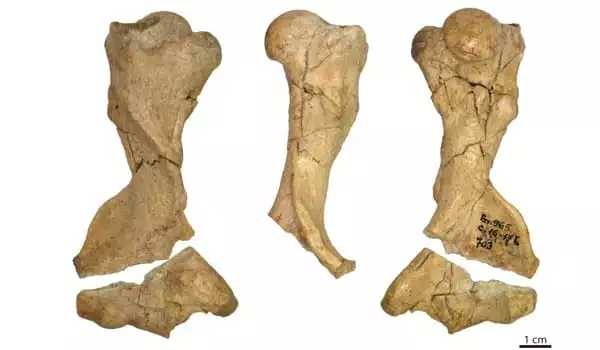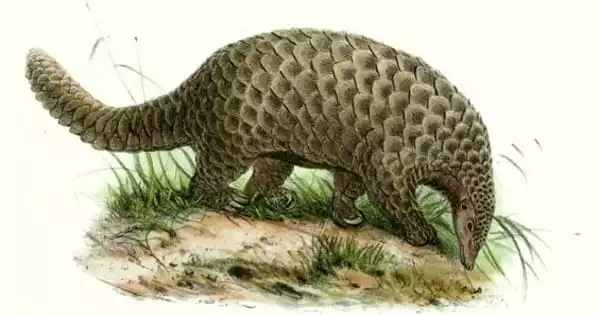A new pangolin species’ humerus bone was discovered at Graunceanu, a famous Pleistocene fossil deposit in Romania, confirming its occurrence in Europe. Deeper examination of fossils from one of Eastern Europe’s most important paleontological sites has resulted in the discovery of a new species of pangolin, which was previously supposed to have existed in Europe during the early Pleistocene but had not been proven until now.
“It’s not a fancy fossil,” said Claire Terhune, an anthropology associate professor at the University of Arkansas. “It’s only a single bone, but it represents a new species of a strange animal. We’re particularly proud of it because the fossil record for pangolins is relatively limited. This is the youngest pangolin ever discovered in Europe, as well as the only pangolin fossil from Pleistocene Europe.”
The humerus (upper arm bone) originated from Grăunceanu, a major fossil deposit in Romania’s Olteţ River Valley. Terhune and an international team of academics have been studying Grăunceanu and other Olteţ sites for nearly a decade. These sites, which were first discovered due to landslides in the 1960s, have yielded fossils from a wide range of animal species, including a huge terrestrial monkey, a short-necked giraffe, rhinos, and saber-toothed cats, in addition to the new pangolin species.
The discovery of the new pangolin species, Smutsia olteniensis, calls into question previous theories on pangolin evolution and biogeography. What’s really intriguing is that, while some study in the 1930s revealed the presence of pangolins in Europe throughout the Pleistocene, those fossils were lost, and other experts questioned their validity
Claire Terhune
“What’s really intriguing is that, while some study in the 1930s revealed the presence of pangolins in Europe throughout the Pleistocene, those fossils were lost, and other experts questioned their validity,” Terhune added. “We now know for certain that pangolins were in Europe at least 2 million years ago.”
Pangolins can be found in Asia and Africa nowadays. They resemble the armadillos that roam the southern United States and are often referred to as scaly anteaters. They are sometimes confused for reptiles because they have scales from head to tail, but modern pangolins are mammals that are most closely related to carnivores. They are also among the world’s most illegally traded animals. The World Wildlife Fund classifies the eight species of pangolins that live on two continents from “vulnerable” to “critically endangered.”

The new pangolin fossil dates from approximately 1.9 to 2.2 million years ago, putting it inside the Pleistocene Epoch, which lasted from approximately 2.6 million years ago to approximately 11,700 years ago. The identification of this fossil as a pangolin is significant because prior studies suggested that pangolins vanished from the European paleontological record around 10 million years ago during the middle Miocene. Previous research hypothesized that pangolins were being forced toward more tropical and subtropical equatorial settings as the world cooled.
The new species revises a previous understanding of pangolin evolution and bio-geography as the youngest and best described fossil pangolin from Europe and the only fossil from Pleistocene Europe. The new species, Smutsia olteniensis, shares some characteristics with other living members of the genus Smutsia, which are now found solely in Africa.
“The identification of this fossil as a pangolin is significant because prior studies suggested that pangolins vanished from the European paleontological record around 10 million years ago during the middle Miocene. Previous research postulated that pangolins were being pushed toward more tropical and subtropical equatorial regions as the world cooled “According to a news release issued by the University of Arkansas.
The discovery of the new pangolin species, Smutsia olteniensis, calls into question previous theories on pangolin evolution and biogeography. Pangolins can be found in Asia and Africa nowadays. They are commonly mistaken for reptiles because they have scales from head to tail, but modern pangolins are mammals and are most closely related to carnivores, according to the University of Arkansas. They are also among the world’s most illegally traded animals.
















